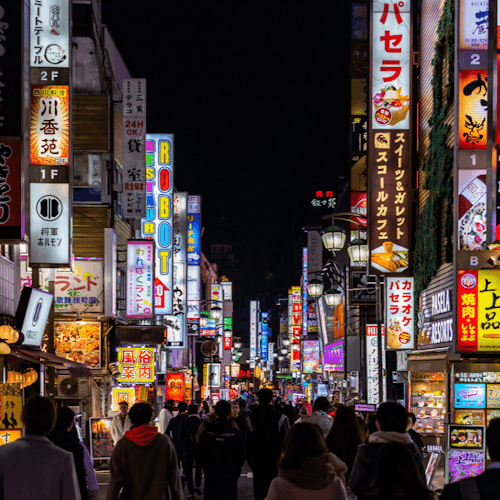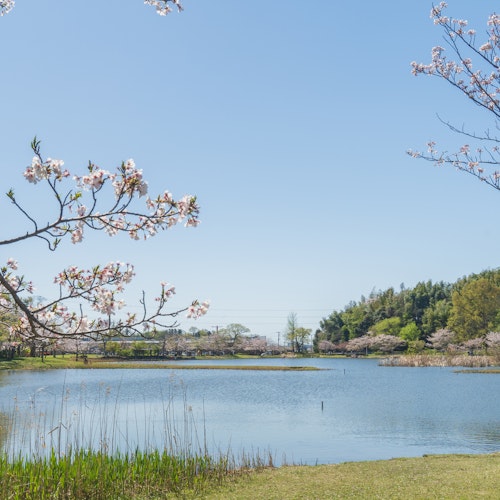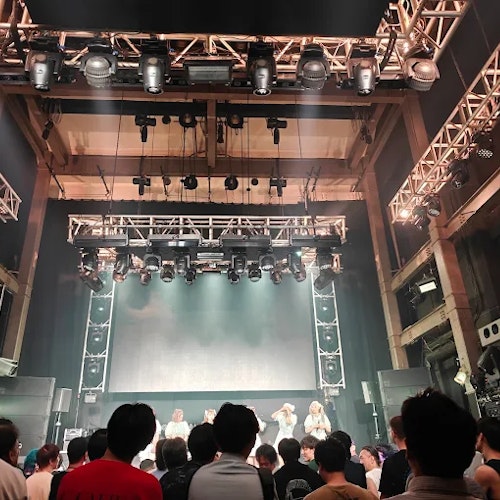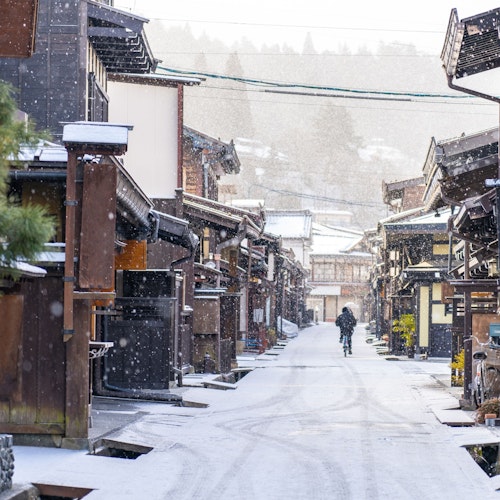
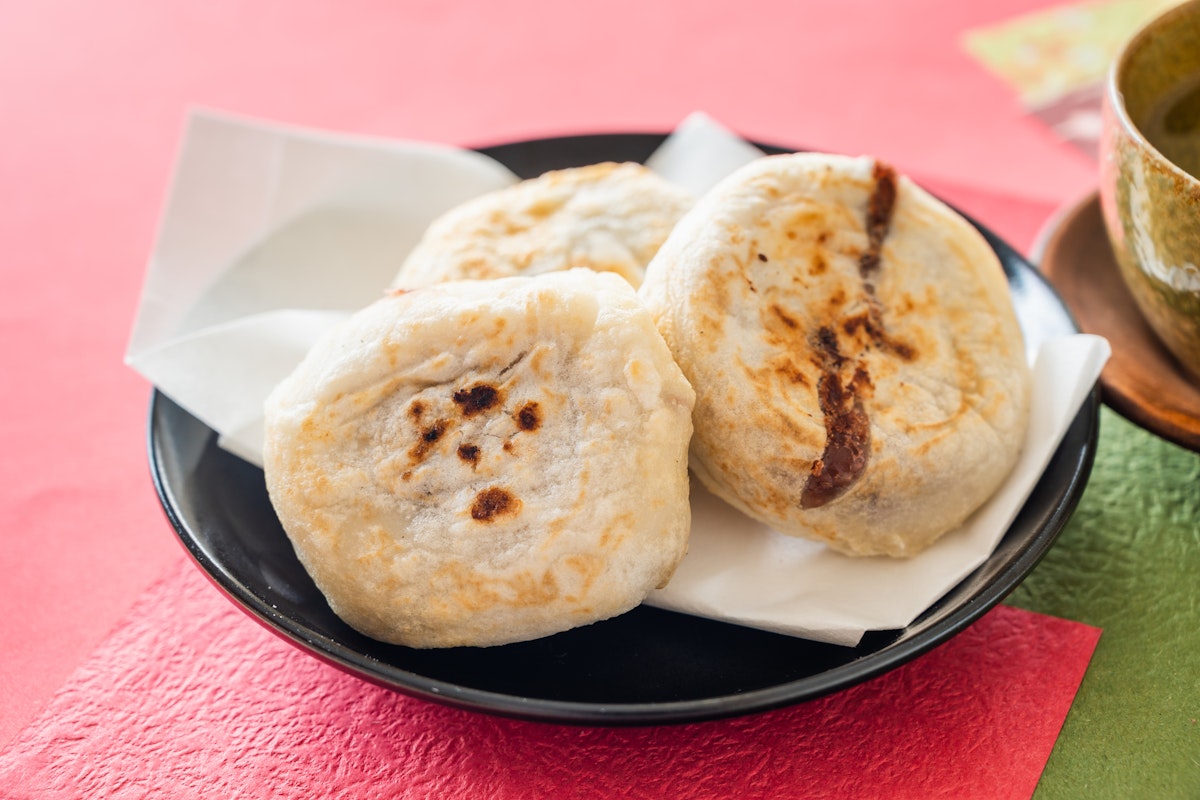
Fukuoka, the vibrant gateway to Kyushu, is internationally celebrated for its rich, creamy Hakata ramen. But while slurping tonkotsu broth is undoubtedly a must-do experience, limiting yourself to just ramen would mean missing out on one of Japan's most diverse and exciting food scenes.
From fresh seafood markets to innovative street food, Fukuoka offers a culinary adventure that reflects both its coastal location and its role as a cultural crossroads between Japan and Asia.
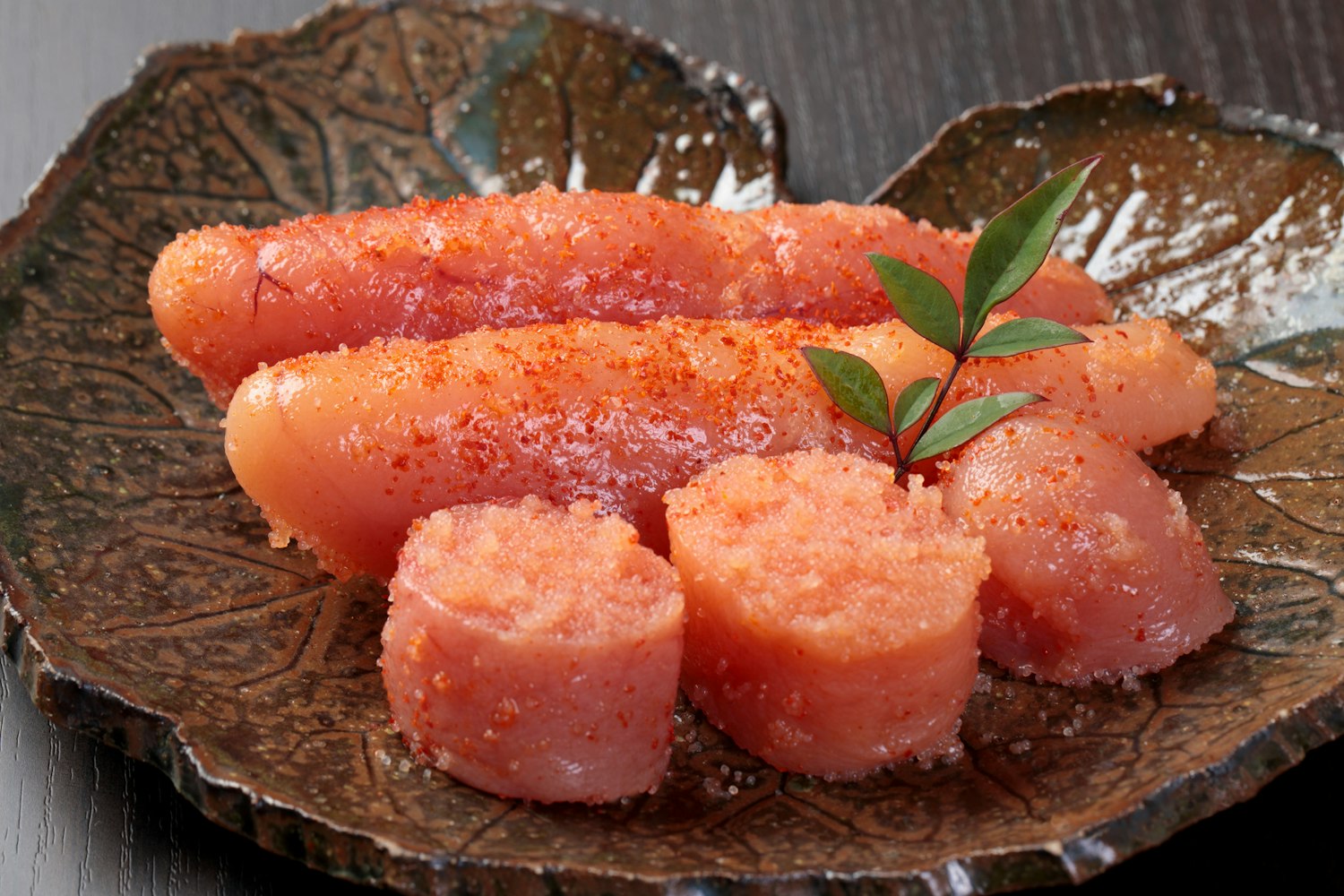
Perhaps no single ingredient represents Fukuoka better than mentaiko – spicy marinated cod roe that adds a burst of umami and heat to countless dishes. This Korean-influenced delicacy arrived in Fukuoka in the 1940s and has since become the city's unofficial mascot ingredient.
Beyond the standard mentaiko served as a side dish, you'll find it incorporated into everything from pasta and pizza to onigiri and tamagoyaki. Visit Fukutaro in Nakasu for some of the city's most celebrated mentaiko, or try mentaiko soft-serve ice cream at various shops around the city – it's surprisingly delicious despite sounding unusual.
Fukuoka is one of the best places to enjoy Yobuko squid sashimi (ika ikizukuri), a regional delicacy from nearby Saga Prefecture. The squid is kept alive in tanks and prepared to order, giving it a translucent appearance, crisp texture, and natural sweetness. Many restaurants in Fukuoka specialize in this style, ensuring visitors can taste authentic Yobuko squid without leaving the city.
Top spots include Kawataro Nakasu, Hakata Uokura, and Maeda, all known for serving squid sourced directly from Yobuko. After enjoying the sashimi, tentacles are often fried as tempura or grilled, allowing diners to experience the squid in multiple ways.
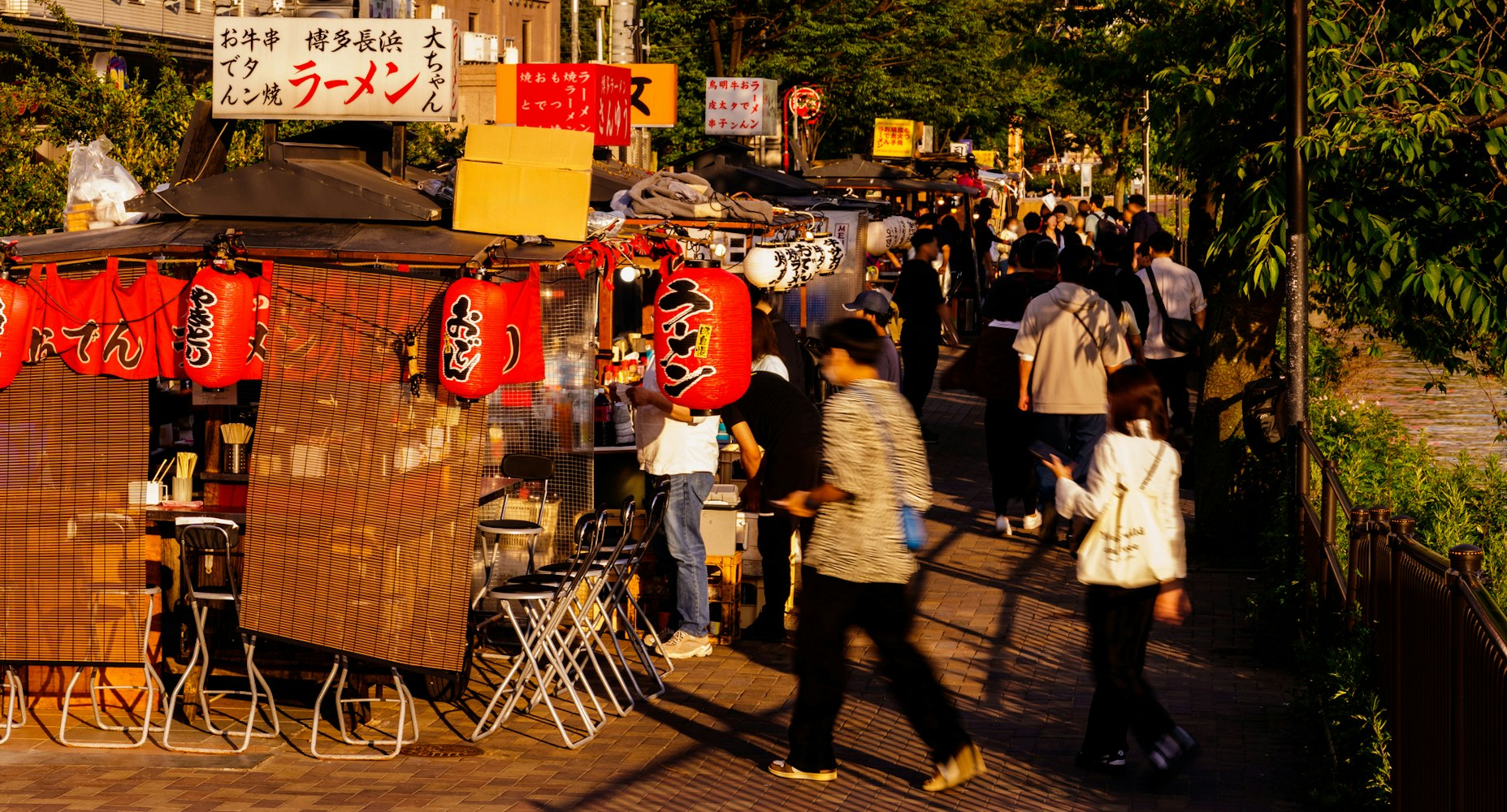
Fukuoka is famous across Japan for its yatai street food stalls, small open-air stands that line the streets of Nakasu, Tenjin, and Hakata. These stalls are a cultural symbol of the city, offering casual seating and freshly prepared dishes like tonkotsu ramen, yakitori, gyoza, and oden.
Yatai provide more than just food—they create a lively social atmosphere where locals and travelers sit side by side, sharing meals and conversation late into the night.e – creates a convivial atmosphere where locals and visitors mingle over beer and conversation.
Pro tip: Each yatai has its own personality and specialties. Don't be afraid to ask the chef for recommendations, and remember that prices can vary significantly between stalls.
Beyond traditional yatai, Fukuoka has embraced innovative street food. Canal City Hakata and Momochihama areas feature food trucks serving everything from Korean-Japanese fusion tacos to elaborate crepe desserts.
The Nakasu Festival and other seasonal events showcase both traditional and modern street food, making them perfect opportunities to sample a wide variety in one location.
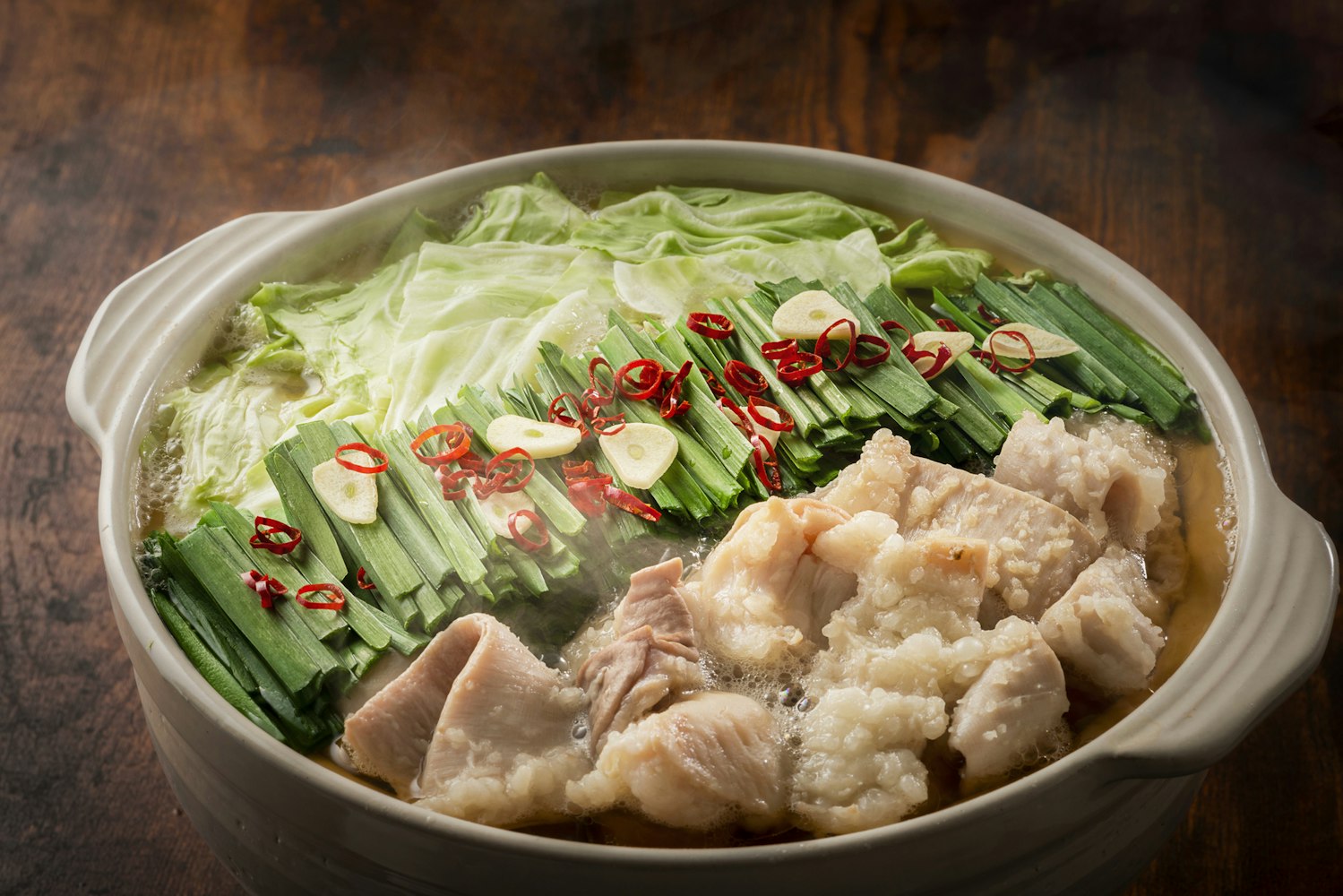
While ramen might be Fukuoka's most famous export, motsunabe is what locals eat when they want to celebrate or gather with friends. This hot pot features beef or pork offal (don't let that scare you – it's incredibly tender and flavorful) simmered with vegetables in a rich broth.
The communal nature of motsunabe makes it a social dining experience. Popular chains like Yamamotoya and Hanamidori serve excellent versions, but for an authentic experience, seek out smaller local establishments in the Oyafuko-dori area.
The meal traditionally ends with adding champon noodles to the remaining broth, creating a second course that's even more flavorful than the first.
Fukuoka Prefecture and the surrounding Kyushu region are well known for producing top-quality wagyu beef, and the city’s restaurants present these premium meats with skill and variety. Diners can enjoy melt-in-your-mouth cuts at high-end yakiniku restaurants or sample carefully grilled portions at casual teppanyaki spots, where the beef is cooked on an iron plate right in front of you.
Popular chains like Kawayoshi and Rokkasen make wagyu accessible, while smaller teppanyaki restaurants in areas like Nishijin offer a more intimate experience with locally sourced beef.
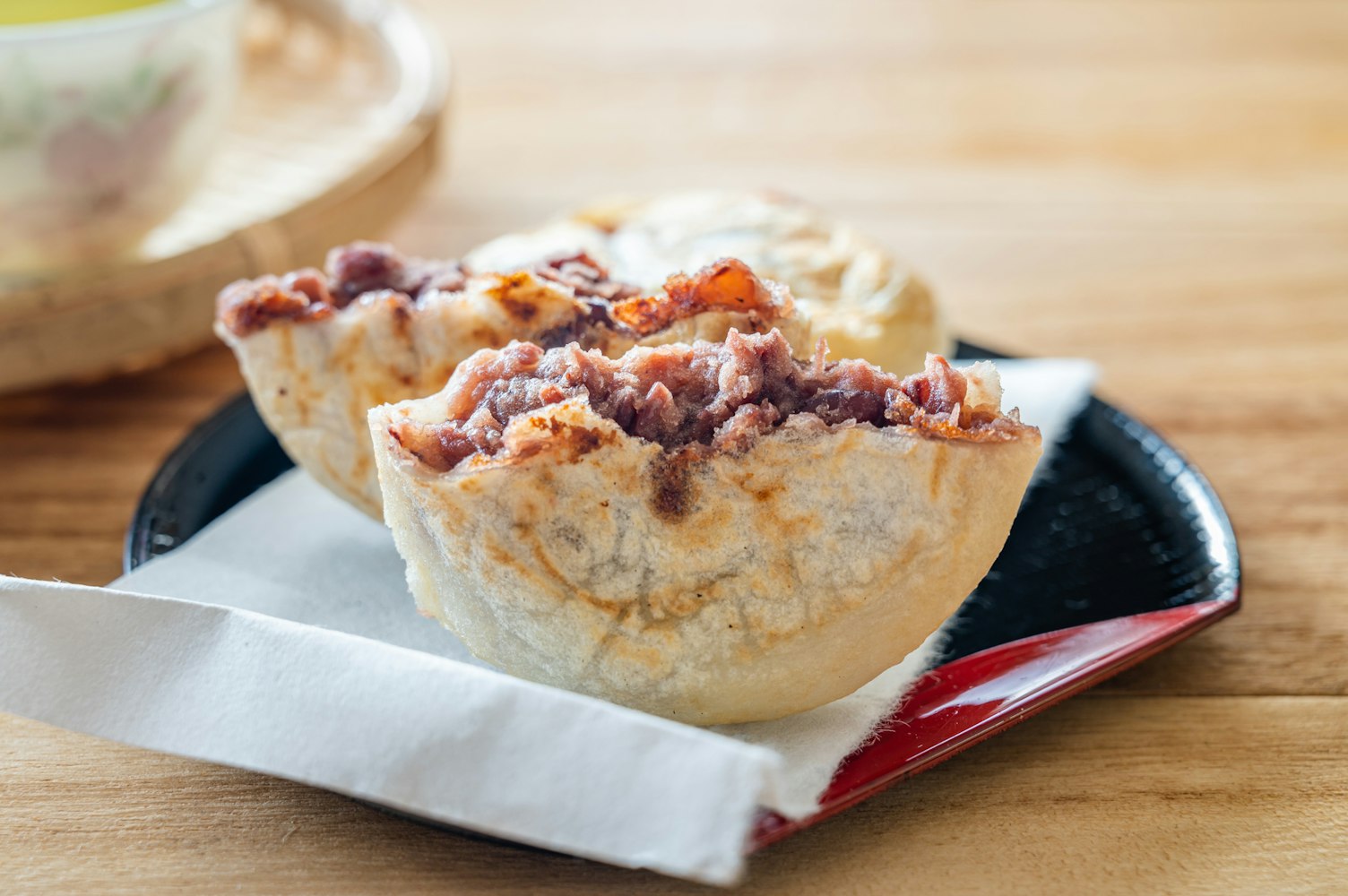
Beyond savory dishes, Fukuoka has a strong confectionery tradition. Local specialties include Hakatamaki, soft sponge cake rolls filled with cream, and niwaka senbei, thin crackers shaped like masks from Hakata’s traditional theater. Shops like Chidoriya are popular stops for traditional sweets and souvenirs.
On the modern side, Fukuoka’s dessert scene is thriving. Gram Café is famous for its tall, fluffy pancakes, while Pablo offers creamy “rare cheesecakes” in seasonal flavors. For something simple but distinctly Japanese, try fruit sandwiches at cafés or convenience stores—fresh cream and premium fruit between slices of soft bread, a dessert that highlights Japan’s exceptional fruit quality.
The city's cafés have embraced Instagram-worthy dessert trends while maintaining Japanese attention to detail. Gram Café serves famously fluffy pancakes, while local favorite Pablo offers "rare cheesecakes" with various seasonal flavors.
Don't miss the fruit sandwiches at convenience stores and specialty shops – these simple but perfectly executed treats showcase Japan's exceptional fruit quality.
Chikuzen-ni is a traditional simmered dish featuring local vegetables like lotus root, bamboo shoots, and shiitake mushrooms. This rustic home-style cooking represents the agricultural heritage of the Fukuoka region.
Many izakaya serve their own versions, often as part of set meals or as appetizers. The dish varies seasonally based on available vegetables, making each experience slightly different.
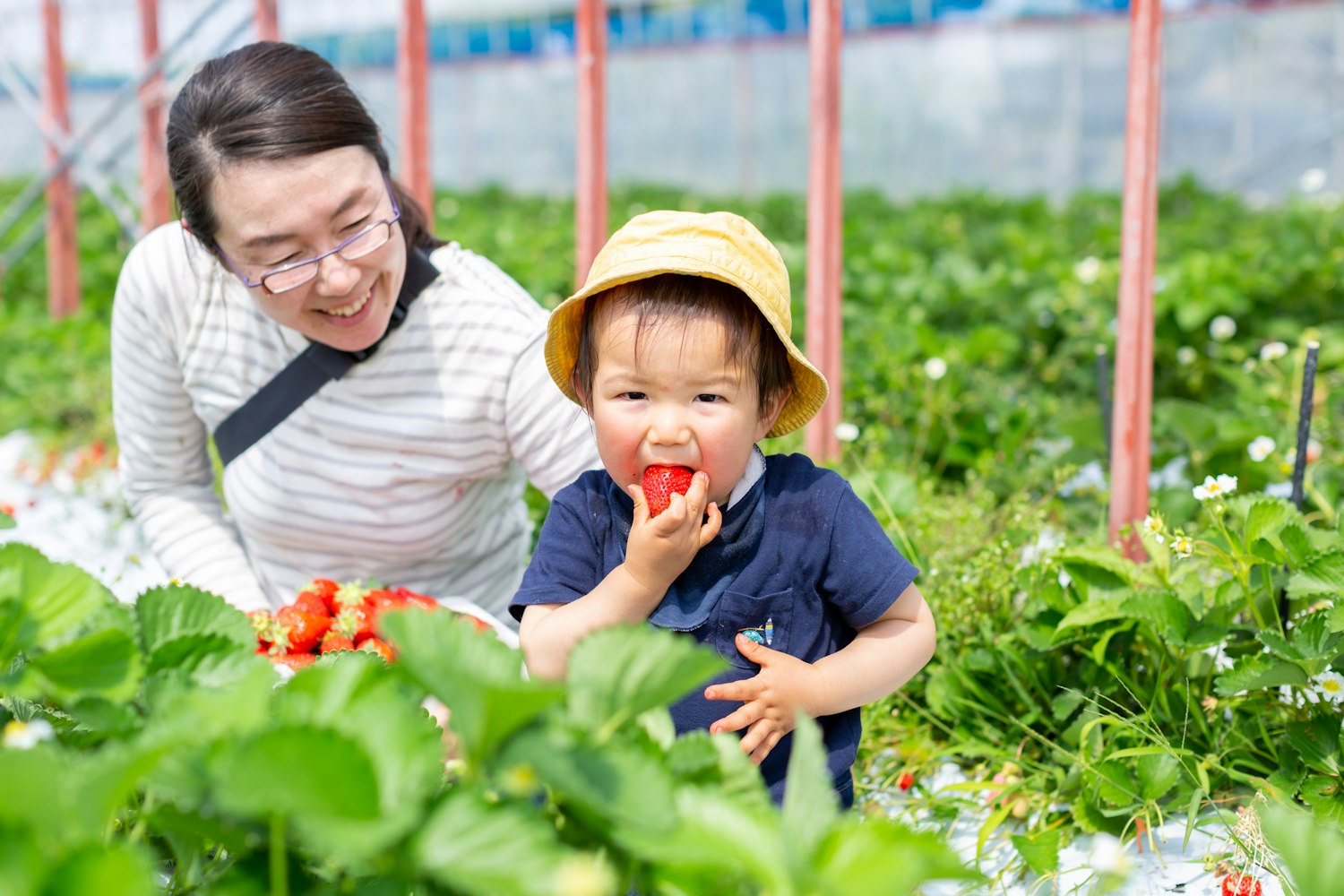
Fukuoka is the birthplace of the Amaou strawberry, one of Japan’s most prized fruits. Nicknamed the “king of strawberries,” Amaou is large, bright red, and perfectly balanced in sweetness and acidity. These strawberries are in season from winter through spring and are often enjoyed fresh, in parfaits, or as toppings on cakes and traditional Japanese wagashi.
Beyond strawberries, Fukuoka also produces seasonal fruits such as mikan (mandarins), persimmons, and figs, which are sold at local markets and featured in dessert menus across the city. For travelers, sampling these fruits at their peak season offers a taste of Fukuoka’s agricultural excellence and a refreshing contrast to its hearty savory dishes.
While Hakata ramen will always be Fukuoka's most famous culinary export, the city's true food culture extends far beyond any single dish. From the communal experience of sharing motsunabe with friends to the solitary pleasure of perfectly fresh sashimi, from traditional sweets that connect to local history to innovative desserts that push creative boundaries, Fukuoka offers food experiences that reflect both its deep cultural roots and its dynamic modern identity.
The city's location as a gateway between Japan and Asia, combined with its access to both mountain and sea ingredients, creates a unique culinary landscape that rewards exploration. Each meal becomes an opportunity to understand not just what Fukuoka tastes like, but what it means to be a city that honors tradition while embracing innovation.
